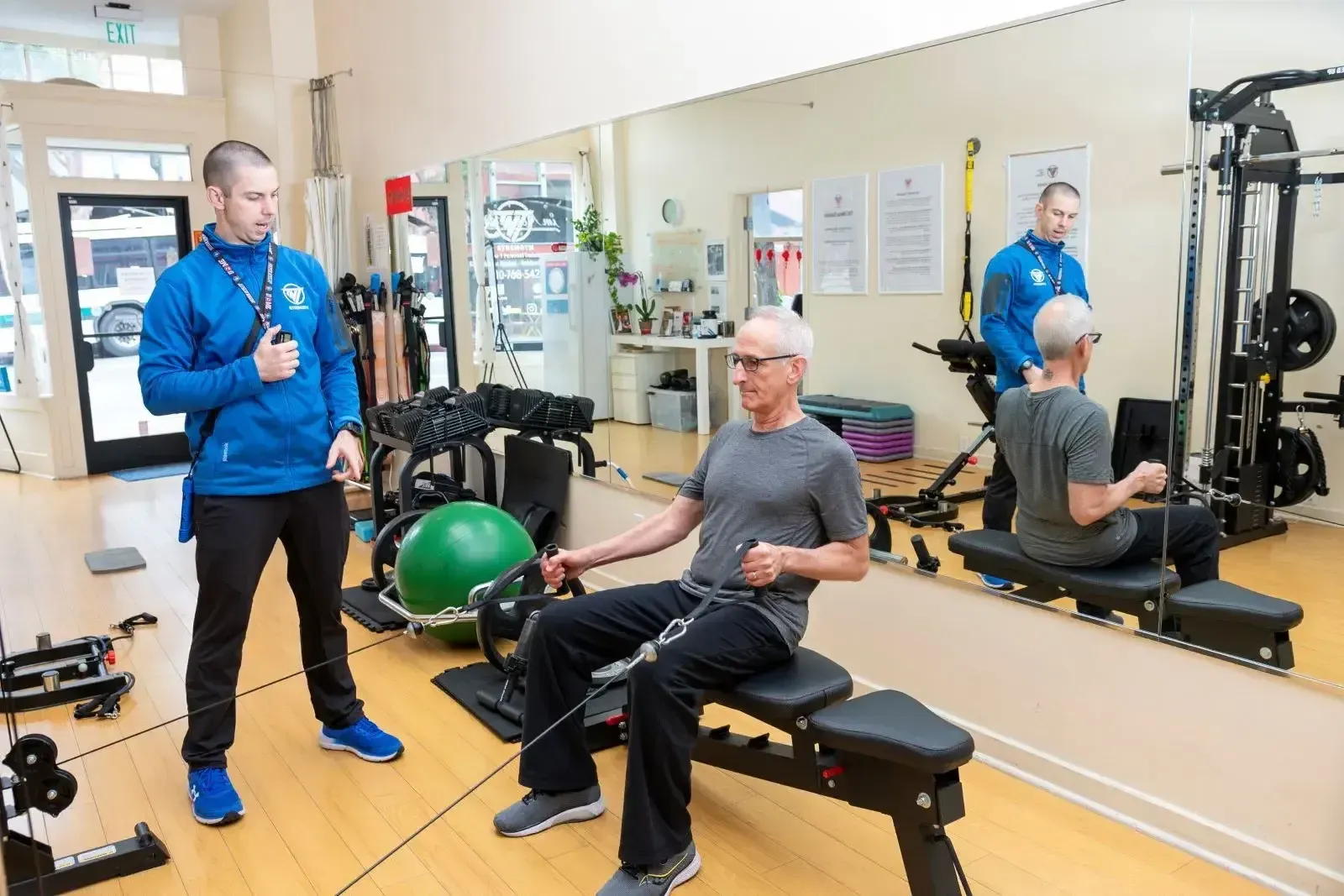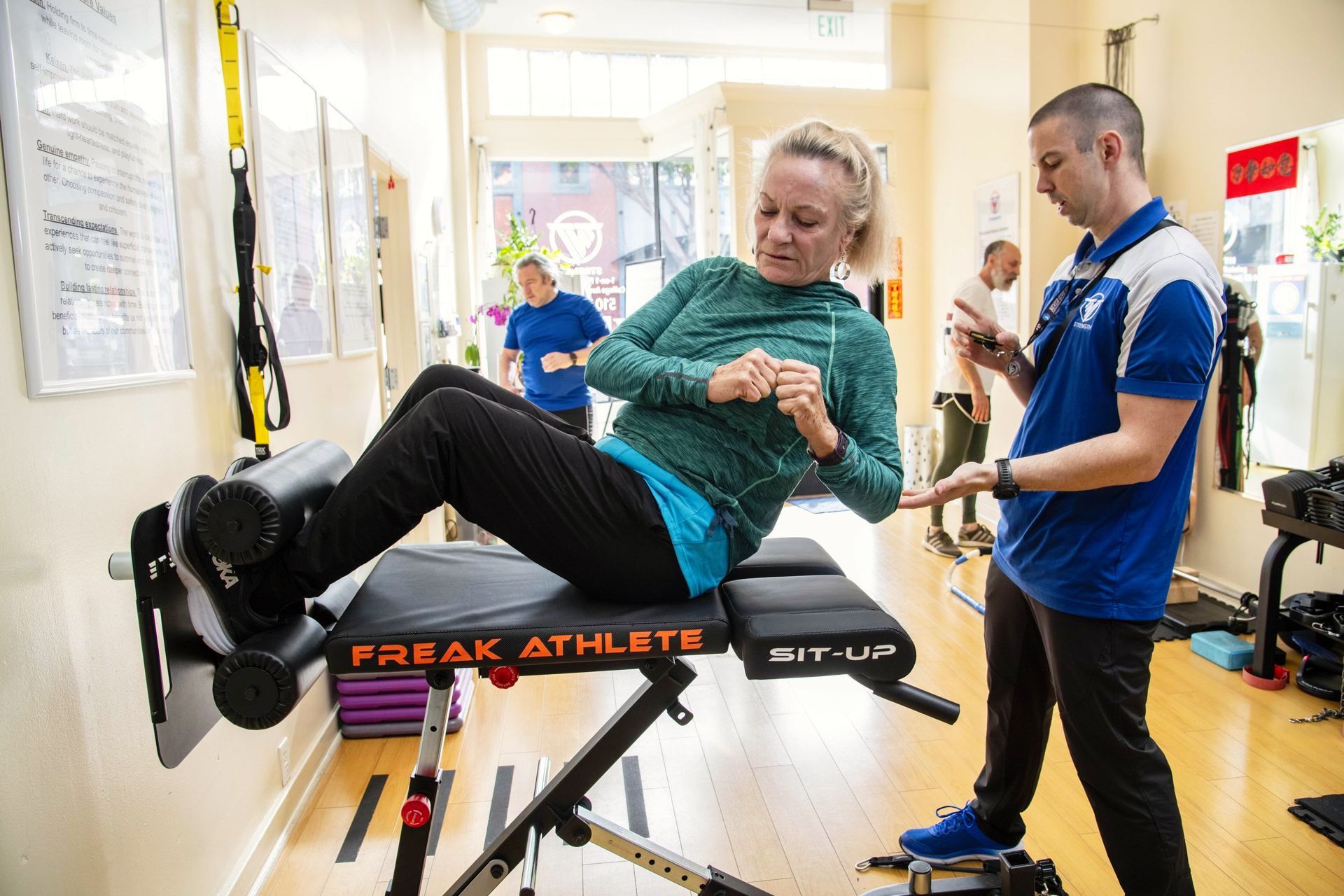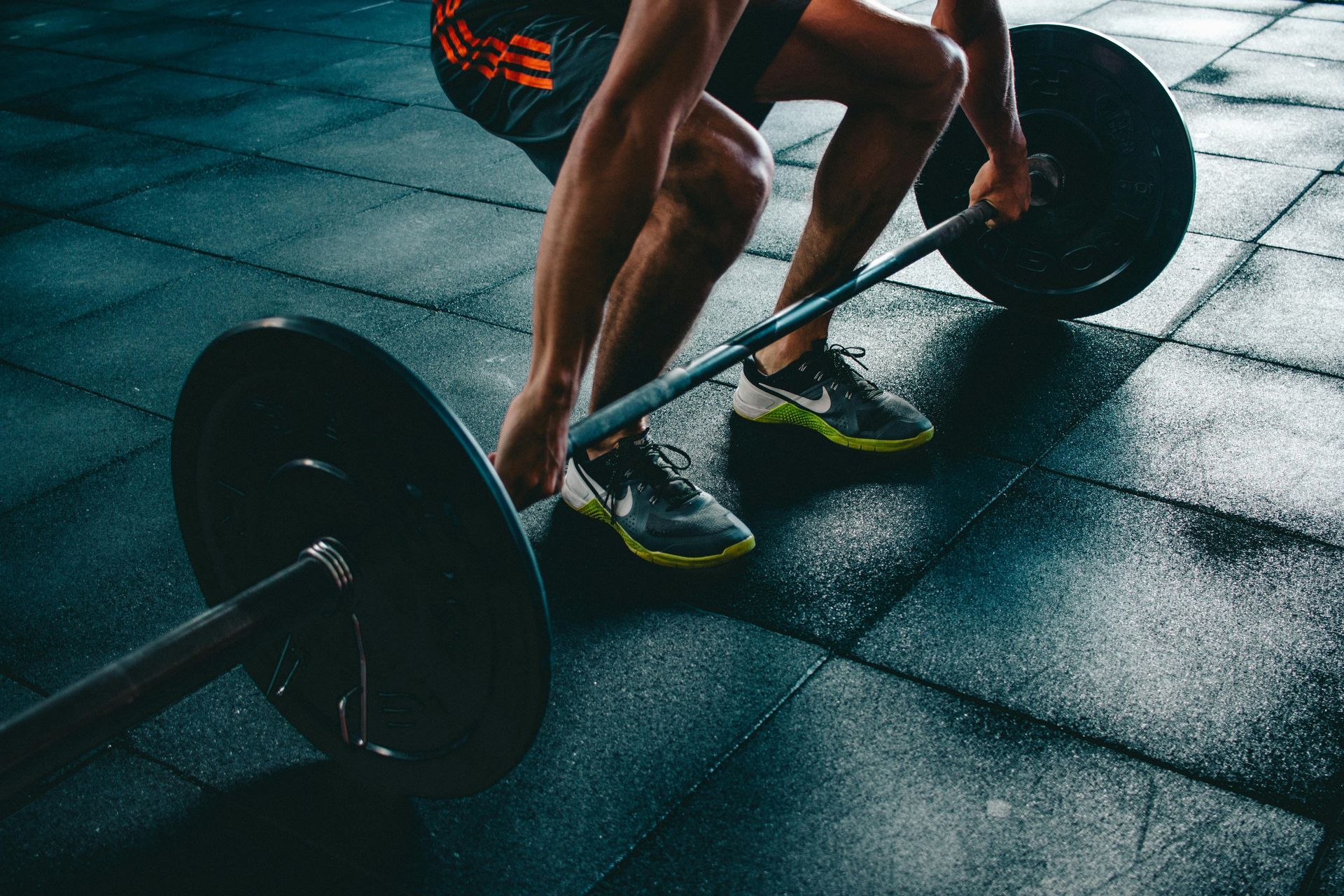Recovery is the Workout: Why Less Training Often Means More Progress
Let's get something straight—muscle growth doesn't happen in the gym. It happens after. That's right. Your time under load, your perfect form, and your high-intensity effort are only part of the equation. What truly seals the deal? Recovery.

At TNT Strength, we don't just train hard—we train smart. And smart training means understanding that rest is not a suggestion; it's a requirement. You don't get stronger while lifting weights—you get stronger while you recover from lifting weights. Recovery is the workout.
The Anabolic Power of Rest
Let's break it down. When you lift heavy—especially using the kind of high-intensity, low-volume strength training we promote—you create a demand for adaptation. That demand triggers anabolic (muscle-building) signals in your body. But the rebuilding process, the one that actually grows stronger muscle fibers and fortifies your connective tissues, requires time, sleep, and proper rest.

It's in this downtime that your body releases growth hormone , testosterone , and other powerful recovery agents. Skimp on rest, and you short-circuit the entire process.
In fact, training too often can actually backfire. More training with insufficient recovery doesn't equal more gains—it leads to stagnation, burnout, and sometimes even regression. That's why we often recommend as few as one to two strength sessions per week . Done right, that's all you need.
What the Science Says
Don't just take my word for it—let's take a look at what the research has to say:
1. Sleep Drives Muscle Recovery and Performance
A 2022 systematic review found that sleep is crucial for muscle recovery, strength performance, and hormonal health. Poor sleep can decrease testosterone and growth hormone levels, both essential for recovery.
➤ https://www.ncbi.nlm.nih.gov/pmc/articles/PMC9671255/
2. Less Is More: Overtraining and Diminishing Returns
A 2017 review in Sports Health warned that excessive training without proper recovery leads to overtraining syndrome—characterized by fatigue, depression, and reduced performance.
➤ https://www.ncbi.nlm.nih.gov/pmc/articles/PMC5381810/
3. Post-Exercise Recovery: Timing Matters
Another study highlighted that 48–72 hours
of recovery between high-intensity strength sessions maximized muscular adaptation in trained individuals. This supports the TNT
approach of training less often but with higher quality.
➤ https://www.ncbi.nlm.nih.gov/pmc/articles/PMC6163750/
Recovery Isn't Laziness—It's Strategy
Here's the truth most people miss: Training breaks you down. Recovery builds you up. If you're constantly chasing sweat, soreness, or volume, you're not giving your body the space it needs to win the adaptation game.

So what should recovery look like?
- 7–9 hours of quality sleep per night
- Protein-rich whole food meals to support tissue repair
- Strategically scheduled training (1–2x/week is plenty for most adults)
- Stress management and parasympathetic support (think: deep breathing, meditation, light walks)
TAKU'S NOTE:
At TNT Strength , we aren't in the business of "grinding" for the sake of it. We train to thrive , not just survive. And thriving means understanding that more isn't better—better is better . Respect your body's need for rest. Prioritize sleep like you prioritize your workouts. Because in the end, the recovery is the workout.
Want to get stronger? Sometimes the best thing you can do... is nothing.
Train hard. Rest harder.
—TAKU
Ready to train less and get more?
Book your free consultation below and find out how a smarter training schedule can help you recover, rebuild, and dominate.
Experience the TNT Strength difference with a free workout.
START YOUR FITNESS TRANSFORMATION WITH A
FREE WORKOUT
Complete the form and we'll set up an appointment for you.











